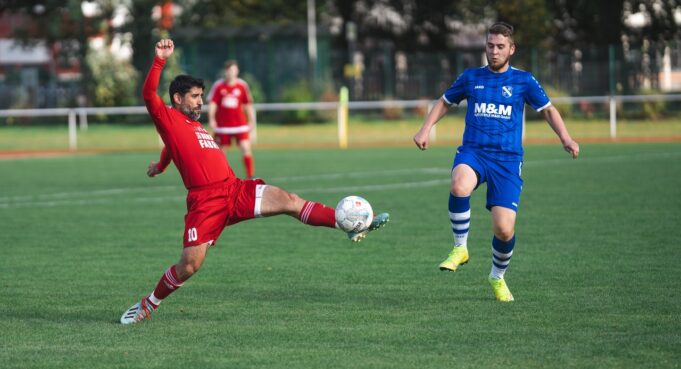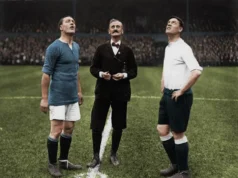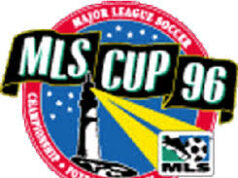Injuries of any kind are no fun, especially for athletes. Taking care of our bodies by eating healthy foods, stretching and performing safe and proper techniques while working out and when on the field can all help to keep us in better health. However, some injuries are unavoidable. If you pulled a muscle during your last game or practice, unlace your cleats and follow these tips for the best recovery.
1. Overall Health
When you are injured, you must keep your overall health as a focal point. If you have to take some time away from the gym or field, now is not the time to binge food or start unhealthy eating habits you didn’t have before. An injury can set you back in a sport, even more so if you do not take care of the rest of your body during your recovery time. Continue to nourish your body with a healthy diet and drink plenty of water. You can take additional supplements and vitamins. If you’re wondering what is thrive and could its benefits help me, then you should consider taking the supplement for a boost of nutrients during your recovery.
2. Rest
Many soccer players are very familiar with the self-treatment for pulled muscles that goes by the acronym RICE. RICE stands for rest, ice, compression and elevation. Rest does not mean to cease all activity altogether, but rather to avoid the activities that cause your pulled muscle to hurt or become more swollen. For example, if you pull a muscle in your leg, continue to walk if it does not hurt and focus on core or upper body strength training.
3. Ice
The next important thing to remember is to apply ice rather than heat. You should put ice on the injured muscle immediately. Over the next few days, spend 15 to 20 minutes icing the affected area every few hours.
4. Compression
Compression is necessary for swelling. As long as the swelling is present, it would be best to use a bandage wrap to help keep the area compressed. Avoid wrapping too tightly, as you could ultimately compromise the circulation of blood to that area.
5. Elevation
Lastly, remember to elevate the pulled muscle as you sleep each night. Use a pillow or blanket to position the area slightly above your heart as you lie down. Gravity makes it hard for the blood to flow to the injured area when it is elevated above your heart. Bruising and swelling should decrease with proper elevation.
6. Foam Rolling
Foam rolling is a method of stretching and massage intended to release tightness, relax muscles and promote healing. Using a foam roller to release the tightness of the muscles in the injured area can help treat a pulled muscle. Be sure not to place too much pressure directly on the injury and slow down or lessen the pressure applied if it is painful. Incorporate foam rolling into your daily stretching routines to help prevent future muscle injuries.
7. Prevention
As you heal and get ready to get back onto the field, it is essential to remember the good habits that can prevent future muscle injuries. Stretching plays a massive role in injury prevention. Dedicate enough time for stretching daily. A proper warm-up before practices and games also loosens your muscles and prepares them for intense movements. Performing exercises correctly and utilizing strength training are two more great habits to form for a healthier athletic career.
The Bottom Line
Injuries happen, especially when the majority of your time is spent on a field. Soccer players make quick movements during a fast-paced game, which can result in frequently injuring your muscles. The leg muscles are most commonly affected by soccer players. The above steps can help you recover from a pulled muscle and get back onto the field quickly. Always remember the treatment acronym, RICE which stands for rest, ice, compression and elevation. As with all sports, prevention is key. Take the time to stretch and warm up to decrease your chances of injury. You’ll be glad you did!






